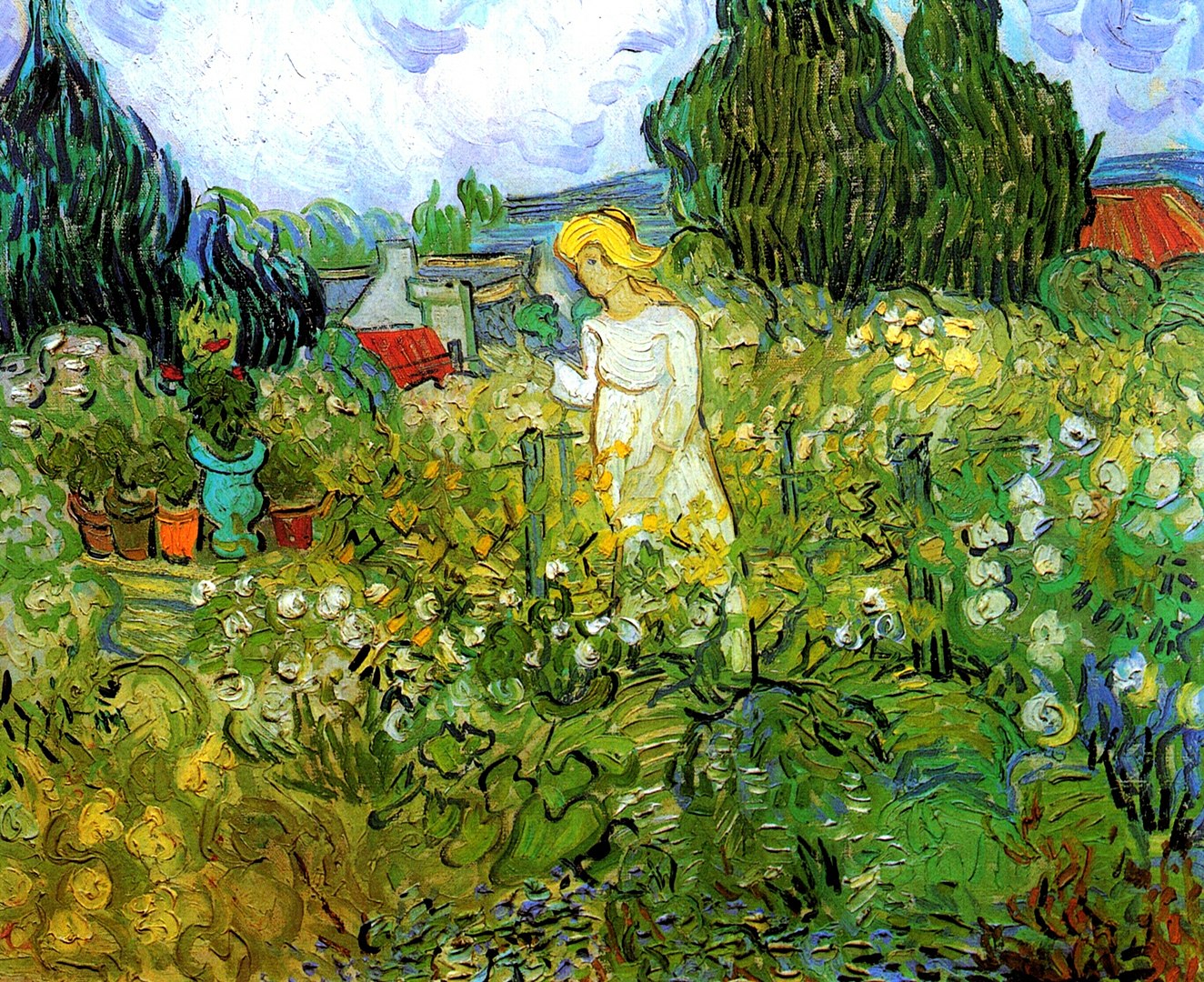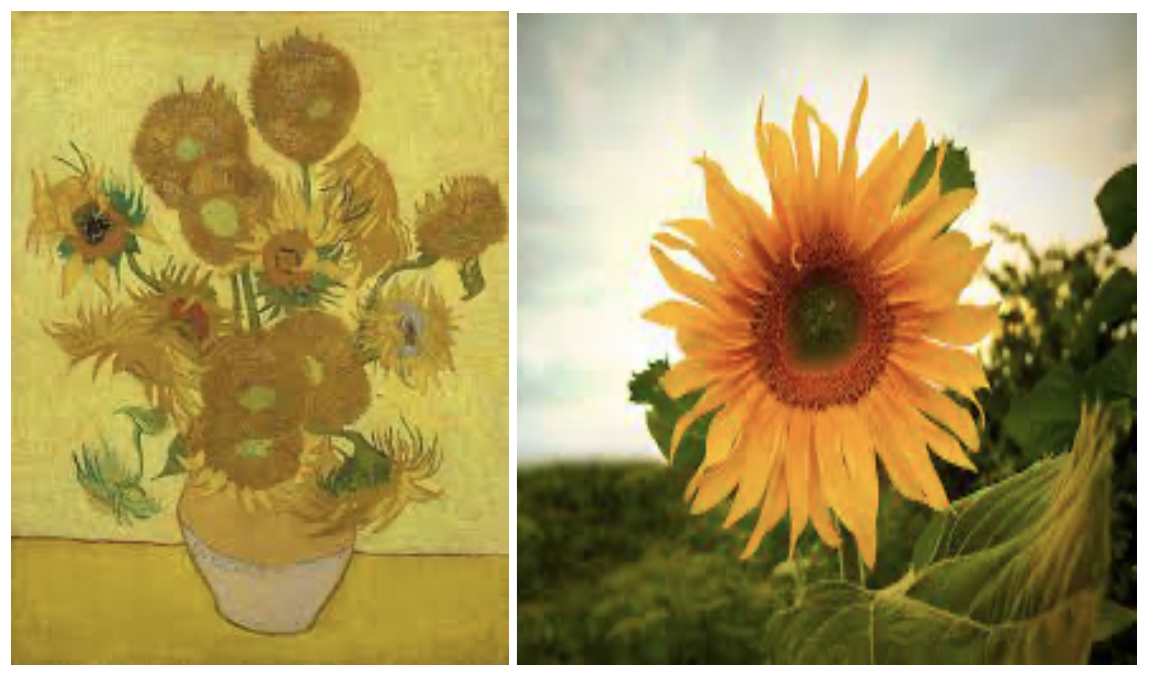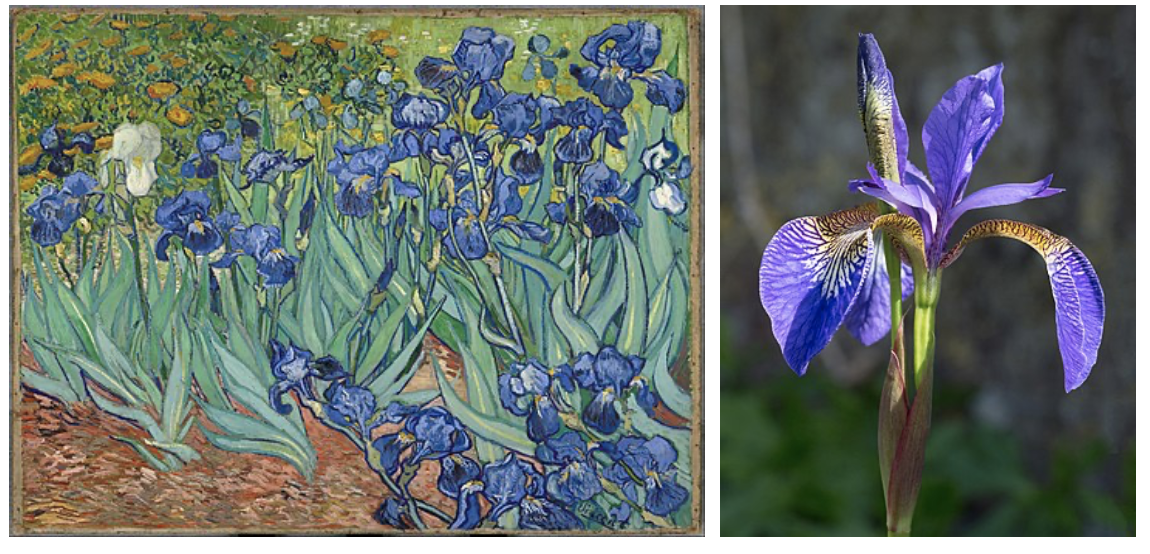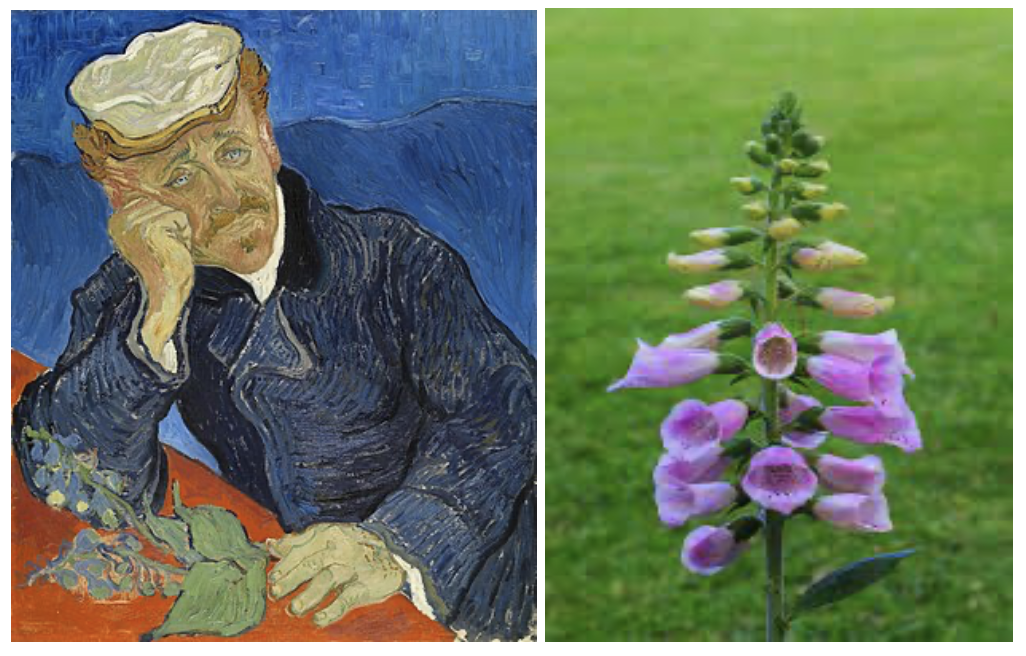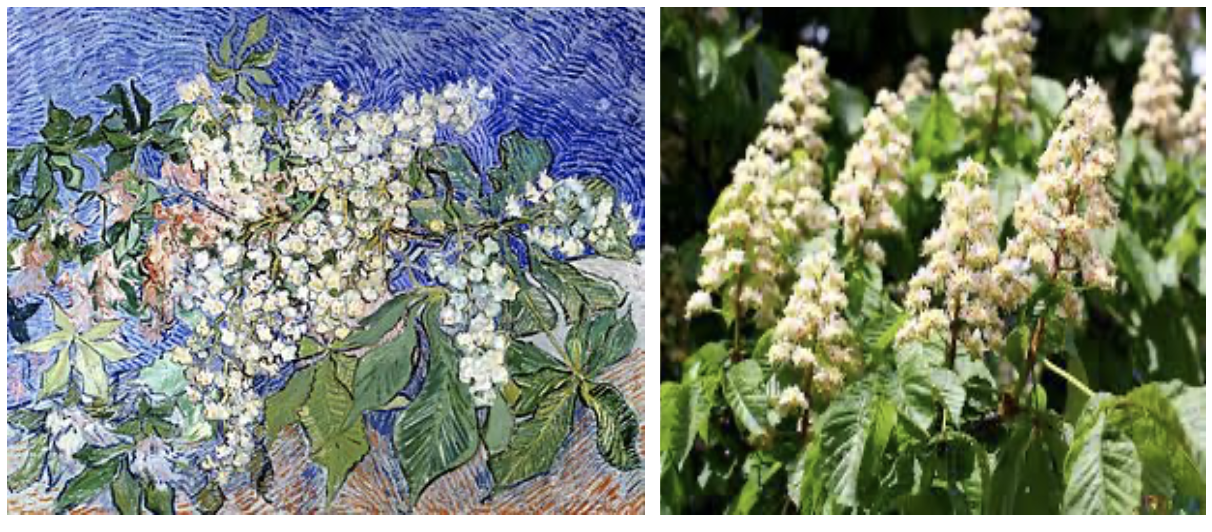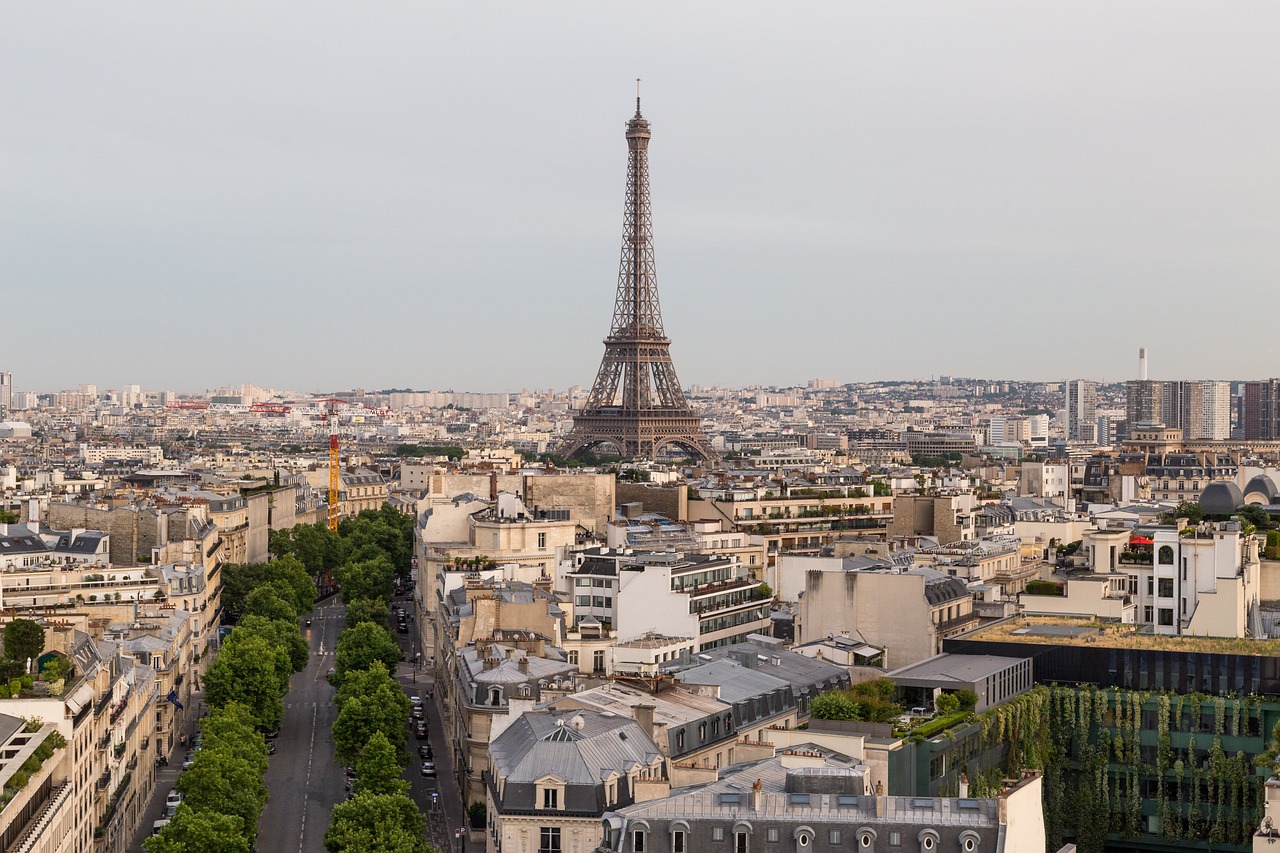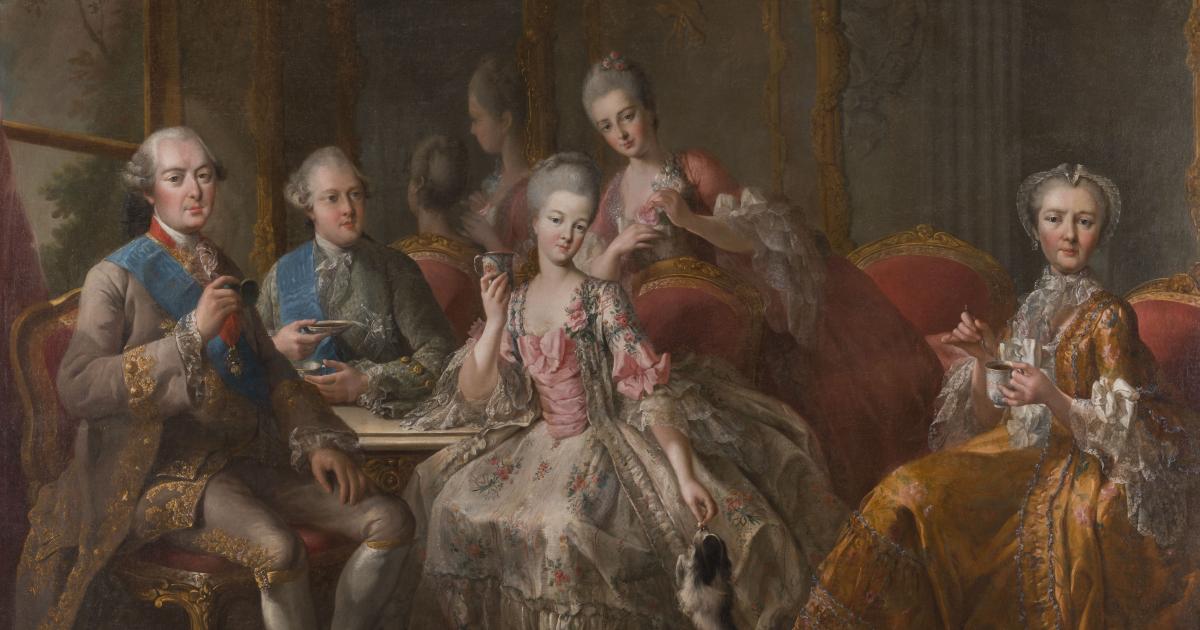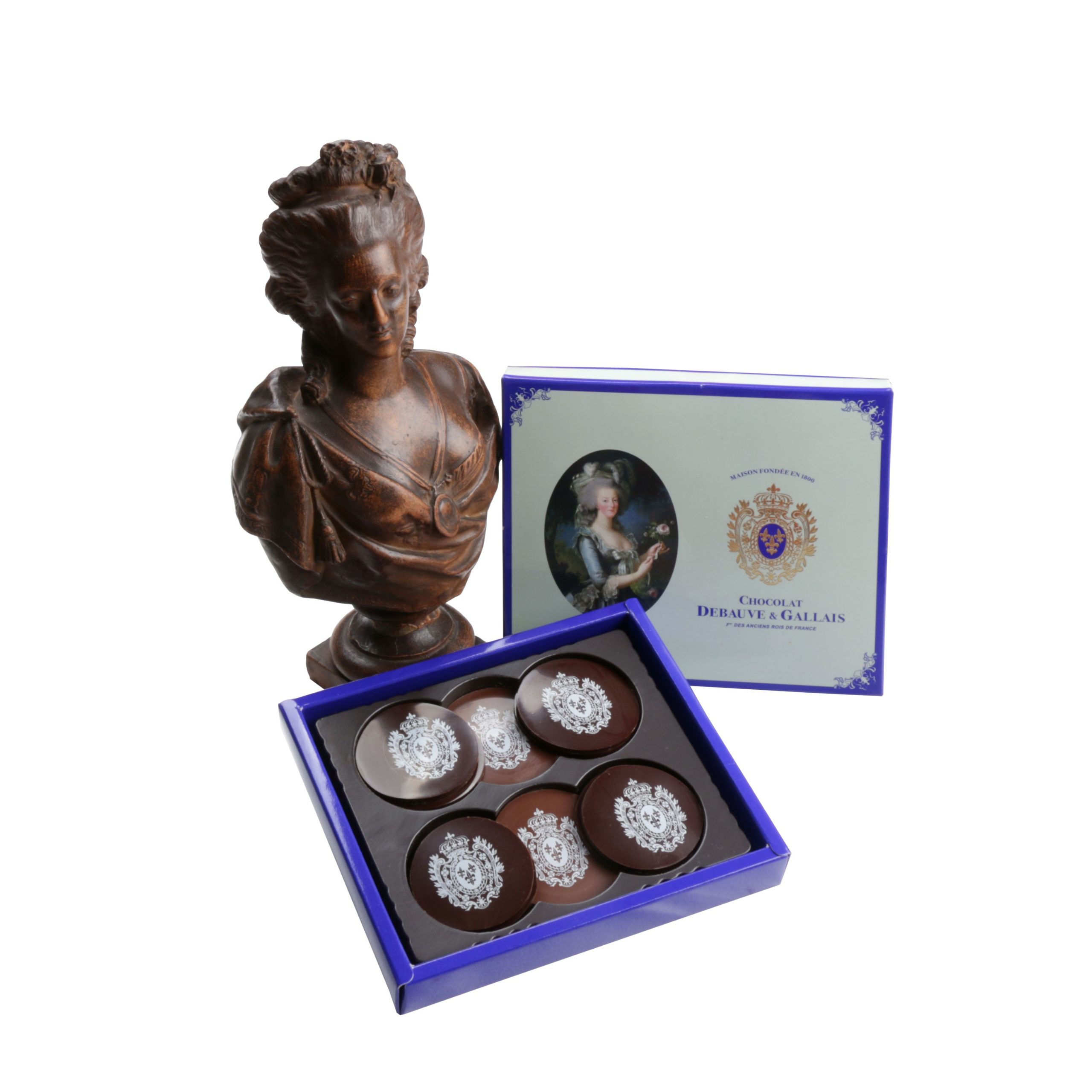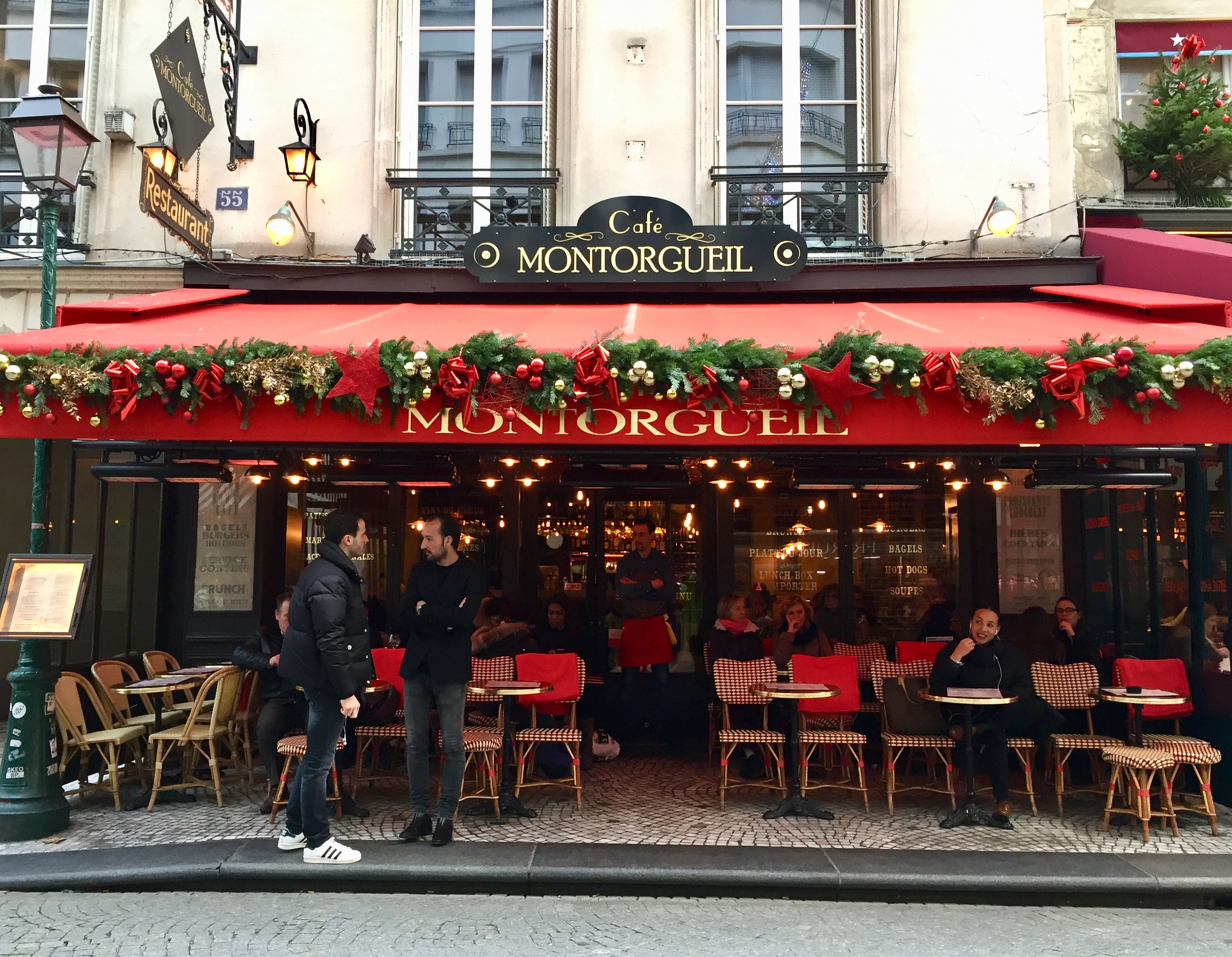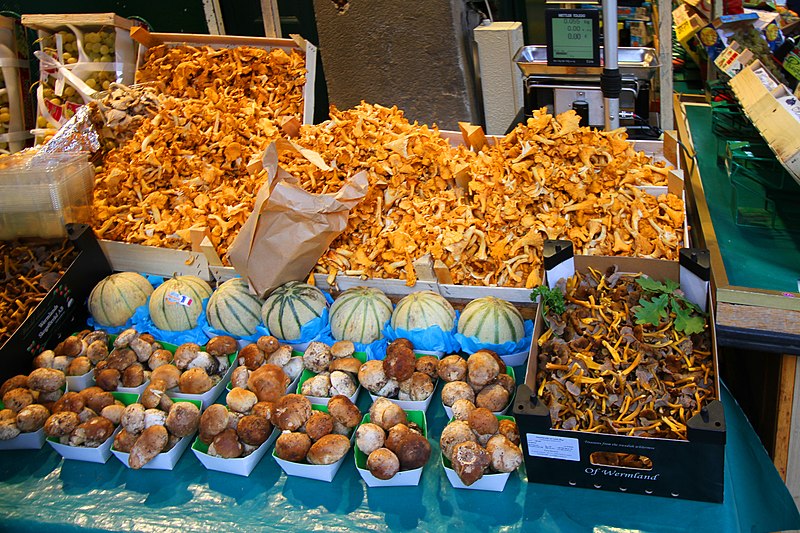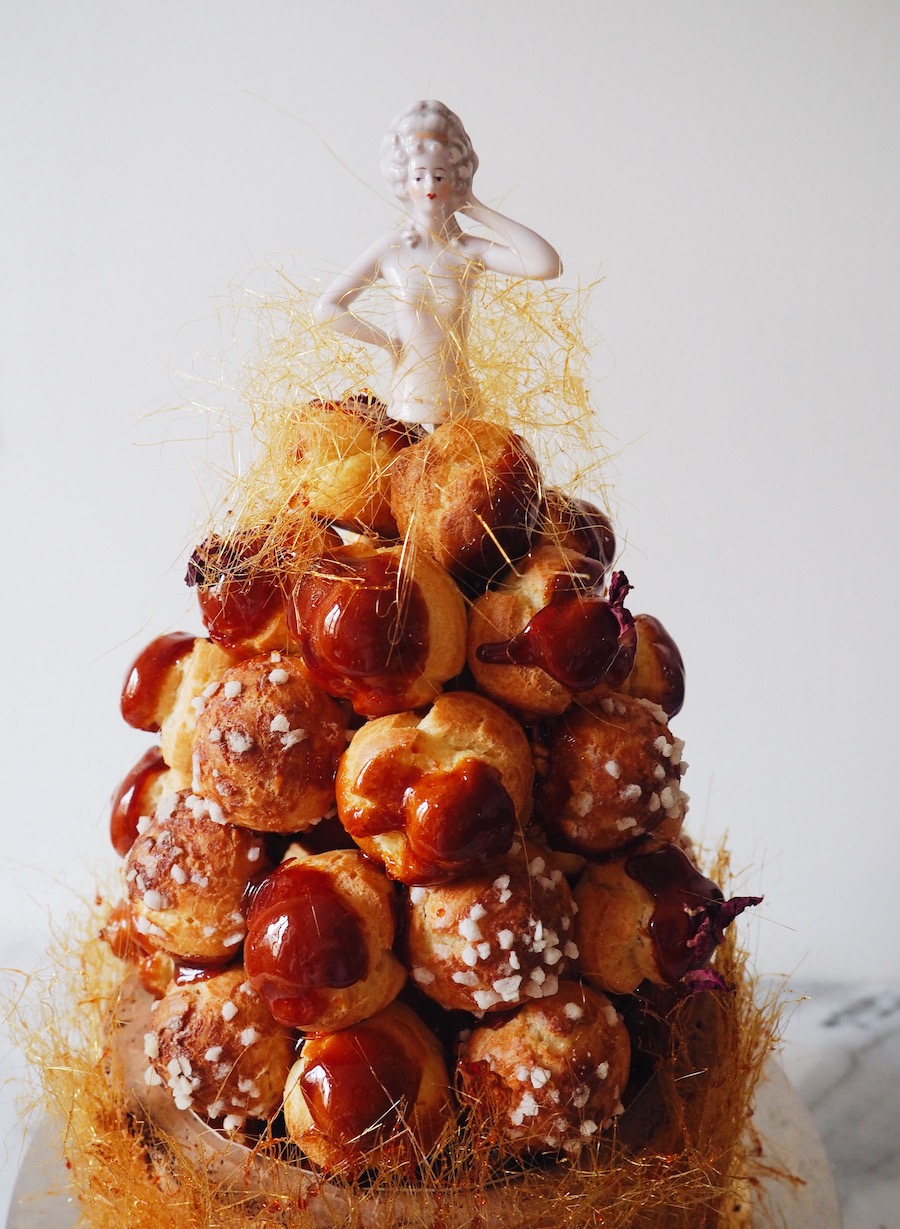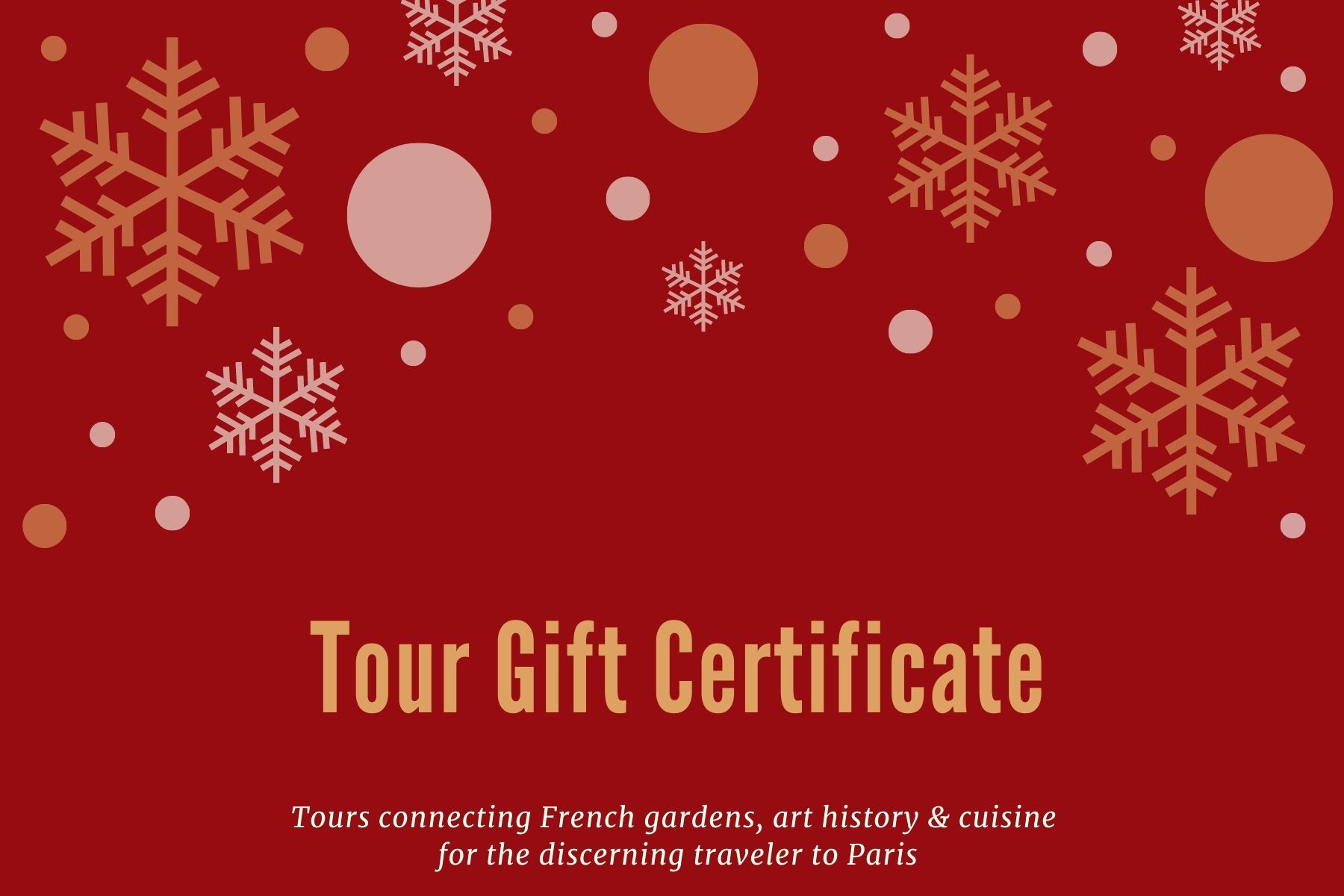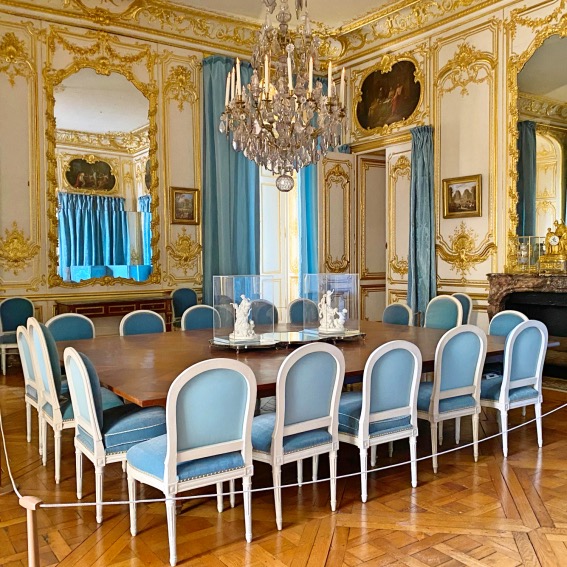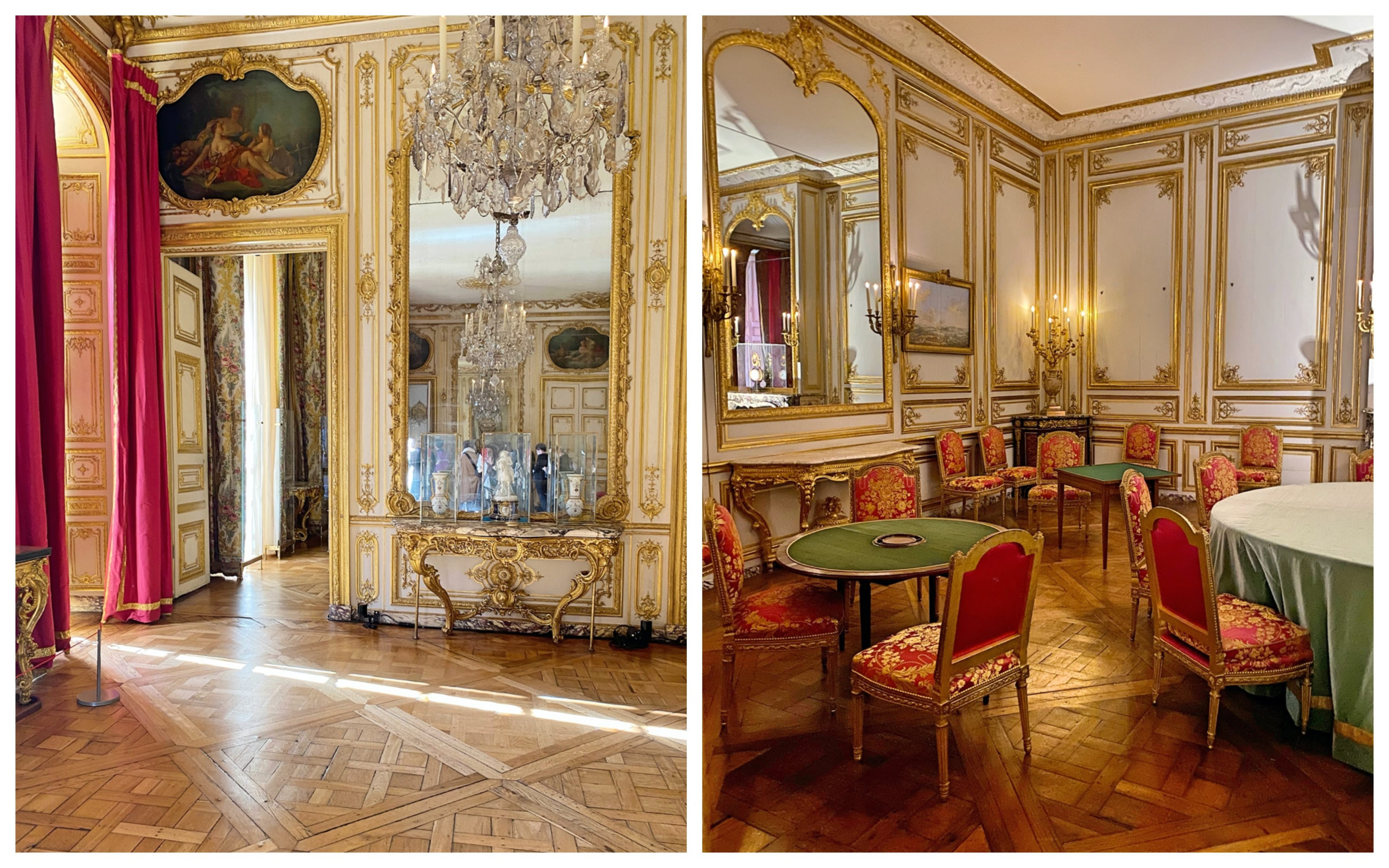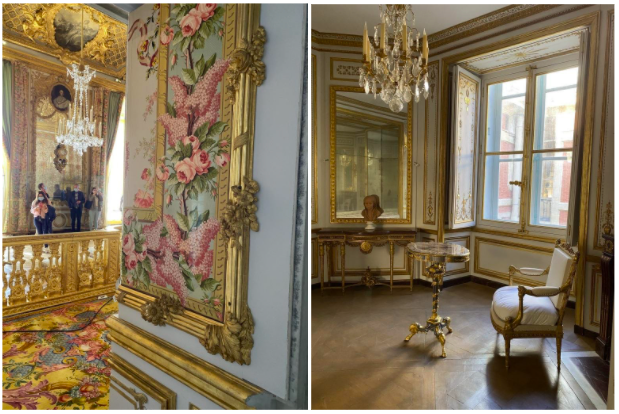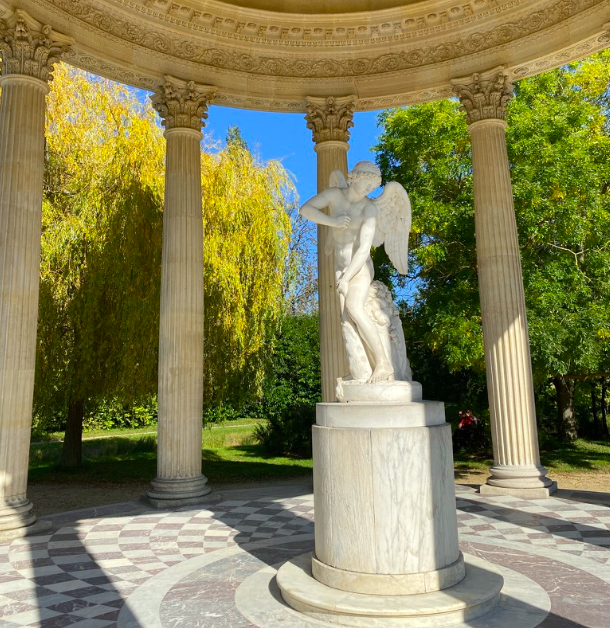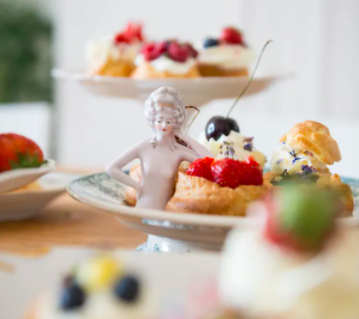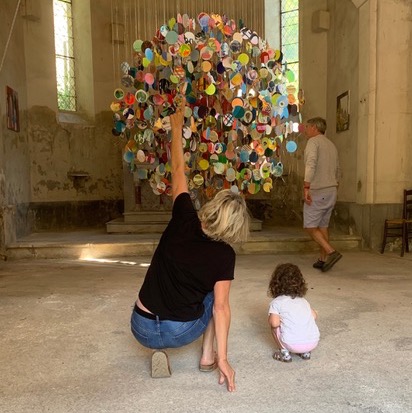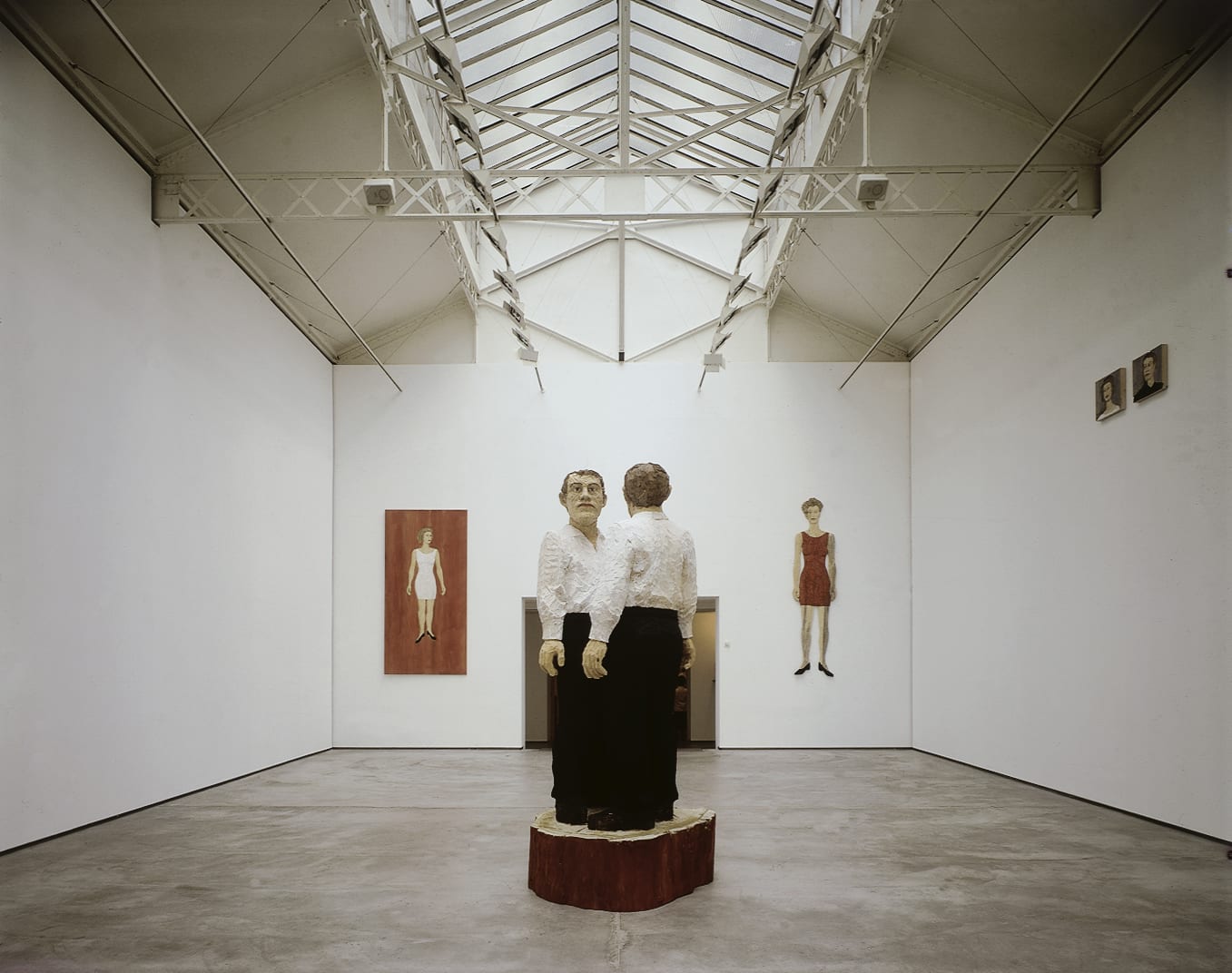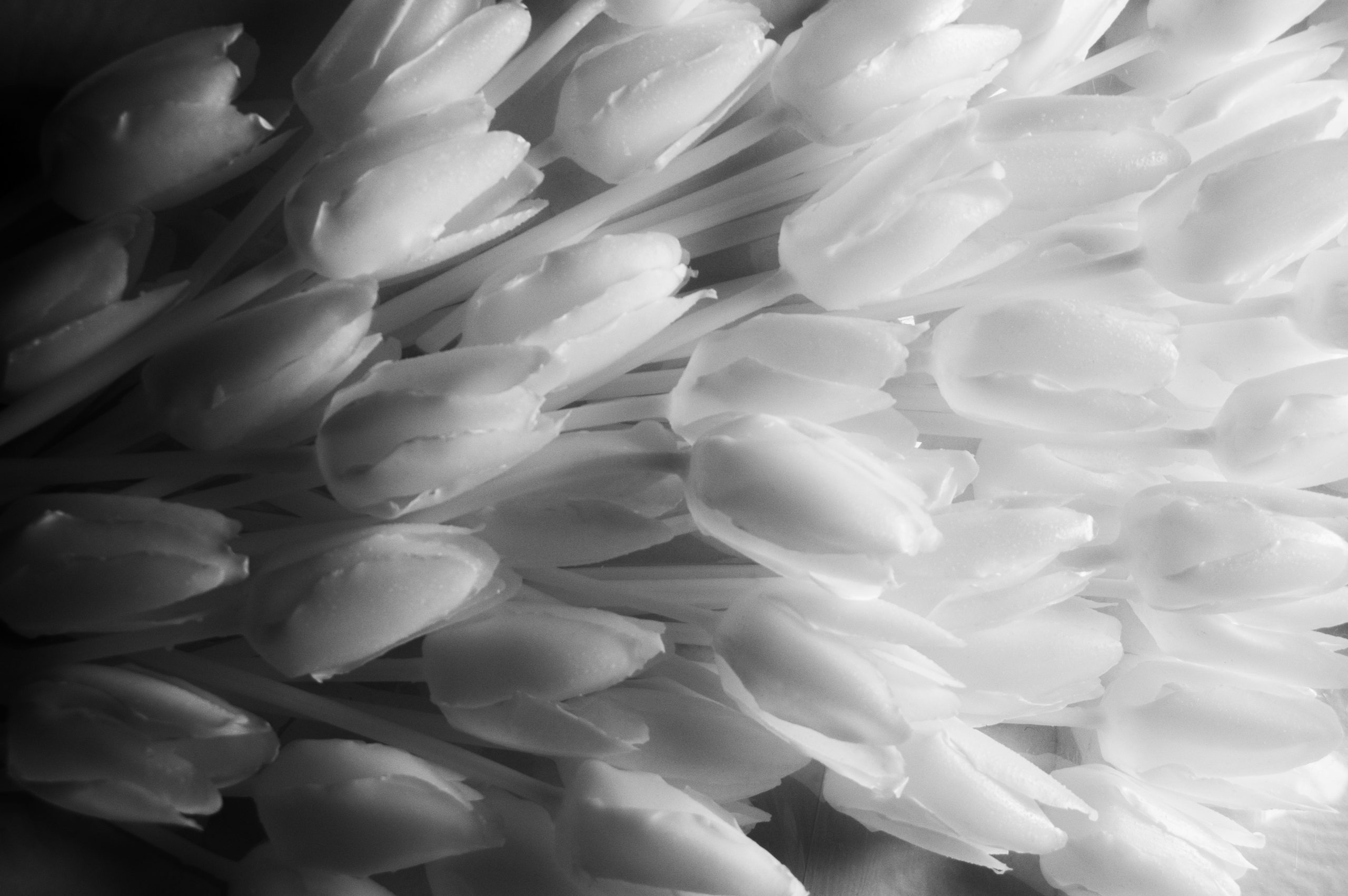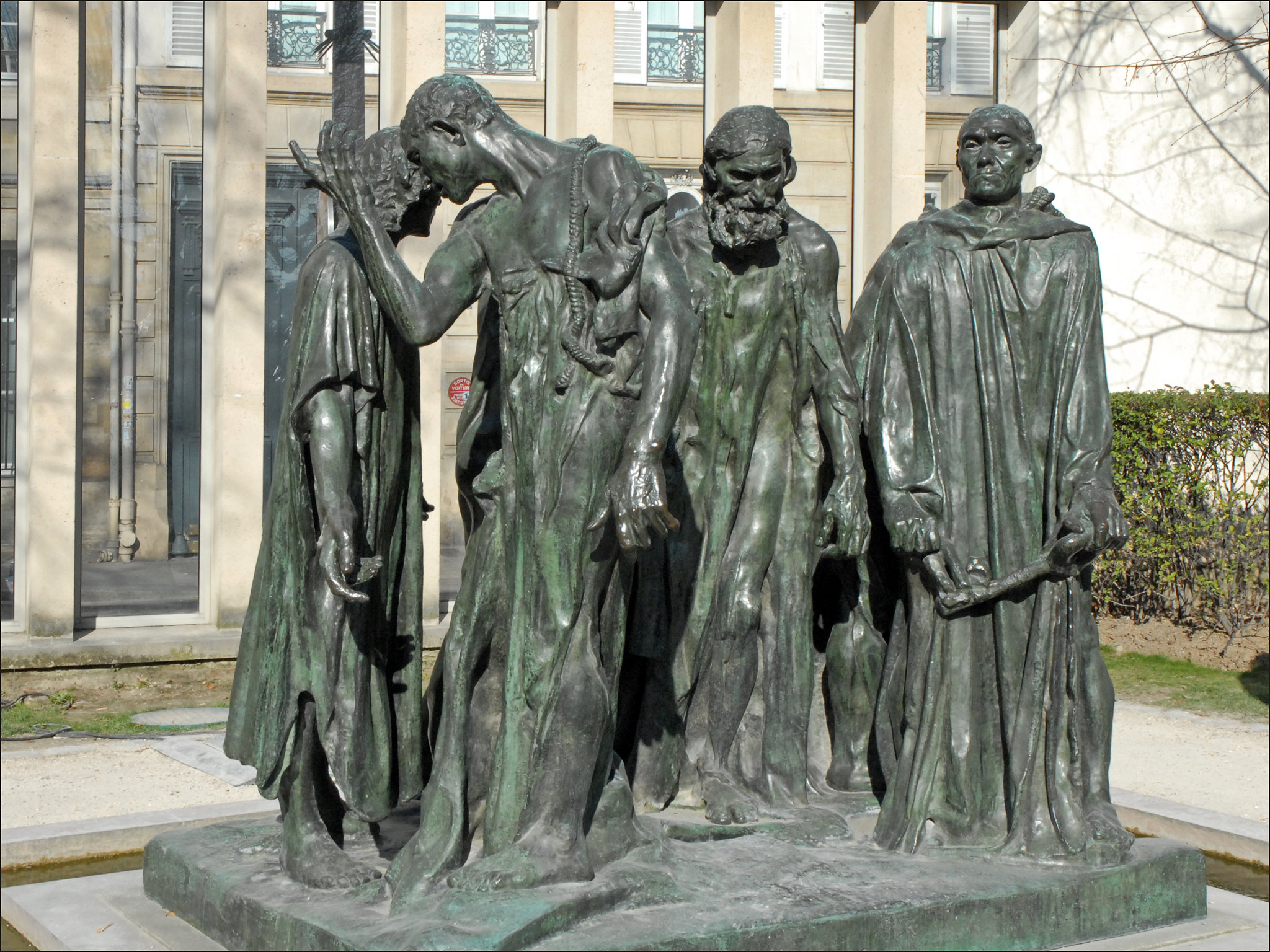Autumn 2023: a Season of 18th Century Exhibits
The autumn is often the season when most of Paris’s best exhibits are held. Besides the exhibit on Van Gogh at Auvers taking place at the Musée d’Orsay (which we cover in this article), many of the other most noteworthy exhibits taking place this autumn and winter in Paris revolve around the 18th century.
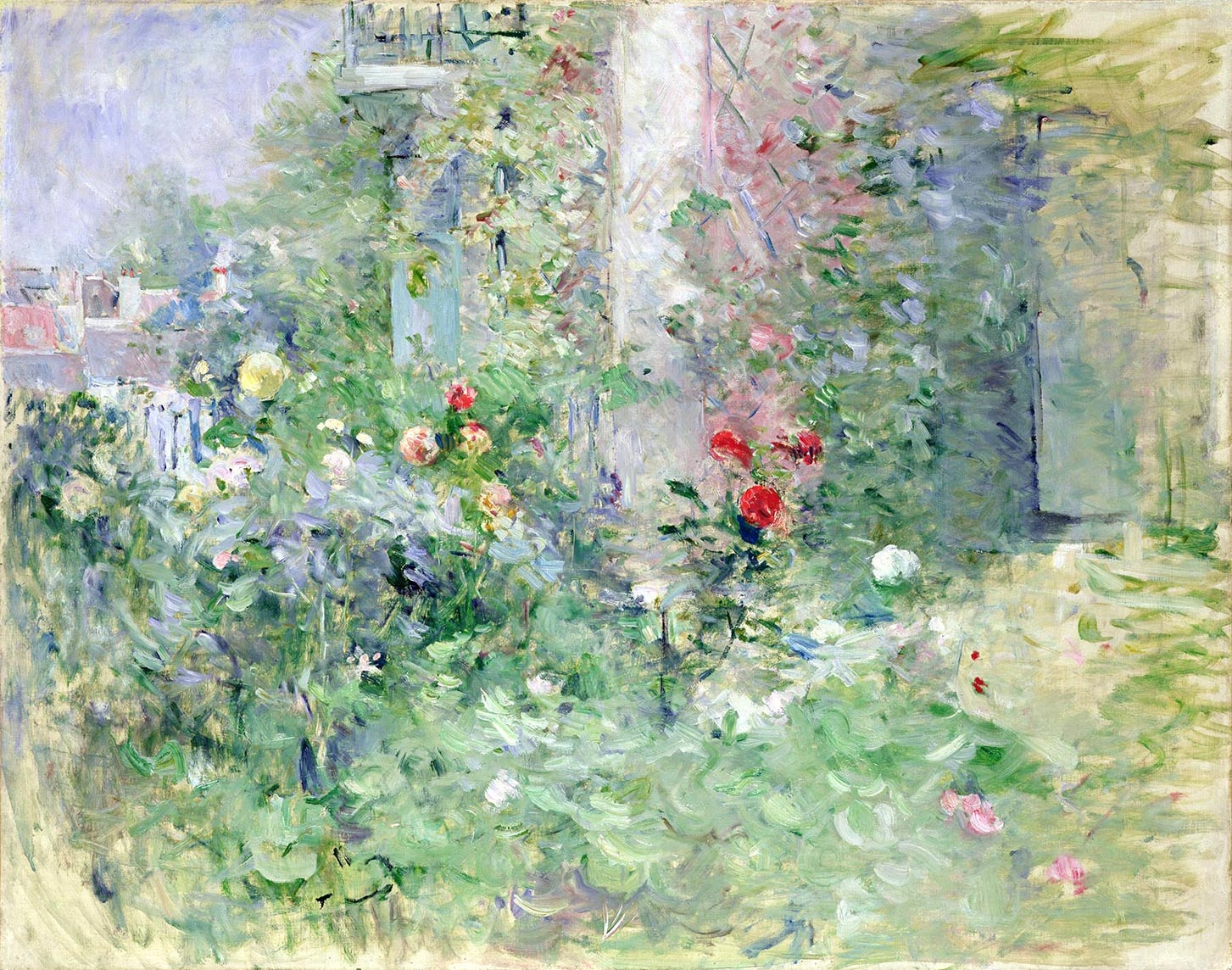
The Garden at Bourgival, 1884, Berthe Morisot, Musée Marmottan Monet
Berthe Morisot & The Art of the 18th Century, Musée Marmottan Monet
This exhibit explores the influence artists of the 18th century, including Watteau, Boucher and Fragonard, had on leading Impressionist artist Berthe Morisot. This wonderful lesser visited museum is well worth visiting for its impressive collections, including the largest collection of Monets in the world, the perfect complement to a tour of the exhibit. On from 18 October 2023 to 3 March 2024, learn more at this link.
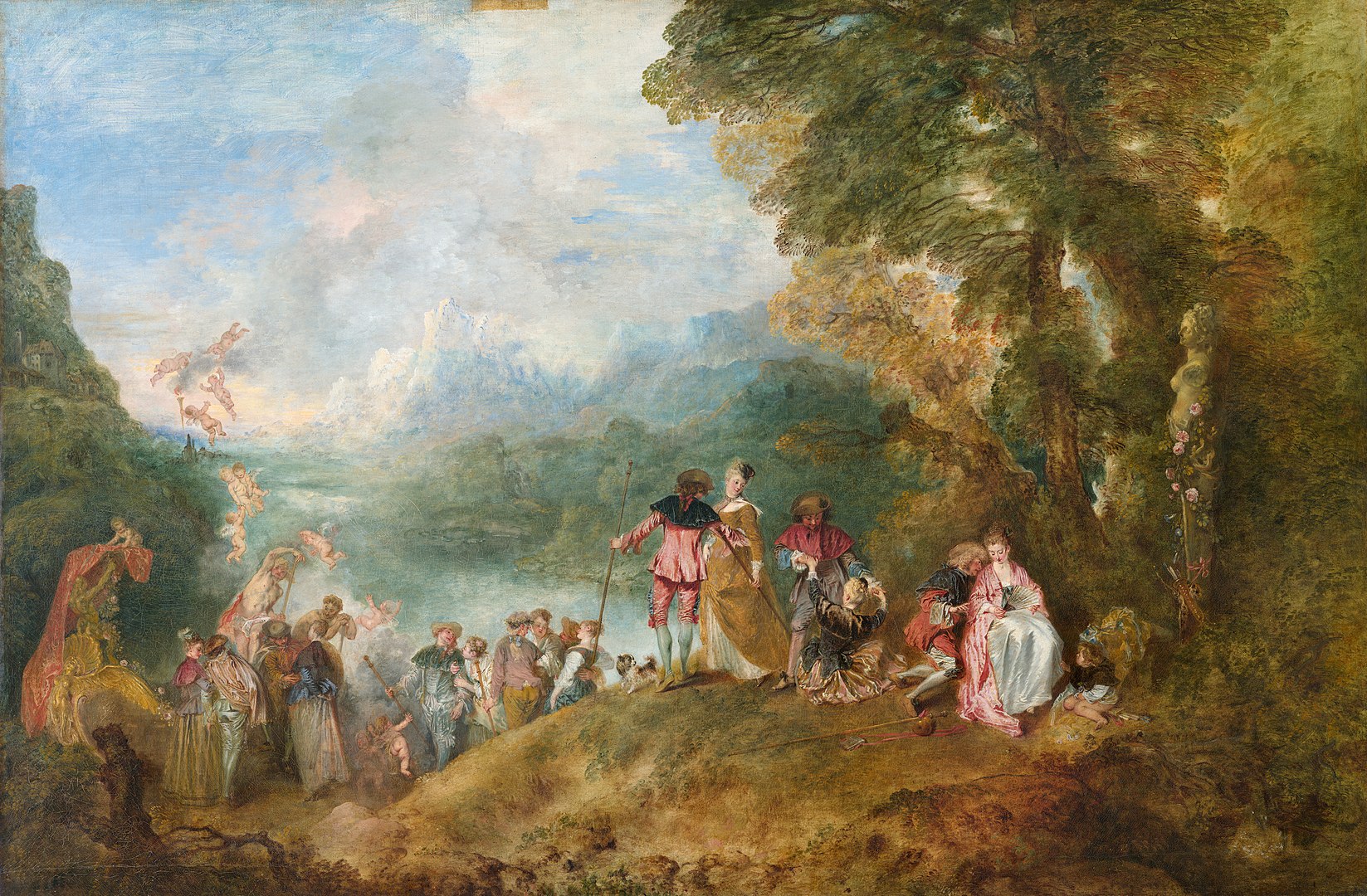
L’Embarquement pour Cythere, 1717, Antoine Watteau, Musée du Louvre
The Regency in Paris, Musée Carnavalet
The Museum of the History of Paris will be focusing on the Regency, a lesser-known period of French history between Louis XIV’s death in 1715 to the beginning of Louis XV’s rule in 1723, when France was governed by the Sun King’s nephew, the Duke Philippe d’Orléans. On from 20 October 2023 to 25 February 2024, more information here.
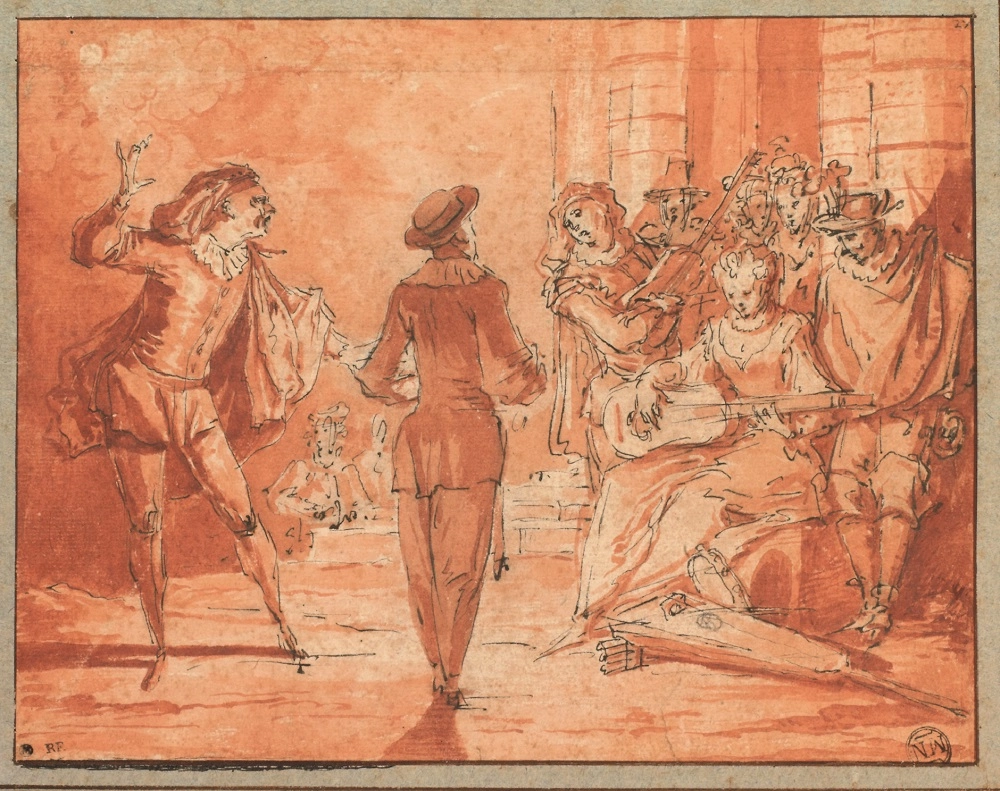
Scene of Comedie dell’Arte Italienne, Claude Gillot, Musée du Louvre
Claude Gillot, Musée du Louvre
This exhibit traces the work of renowned draughtsman and printmaker in the last years of the Grand Siècle. Known for the inventiveness and originality, his works heralded the freedom of expression and customs of the Régence period (1715–1723). On from 9 November 2023 to 26 February 2024, further details here.
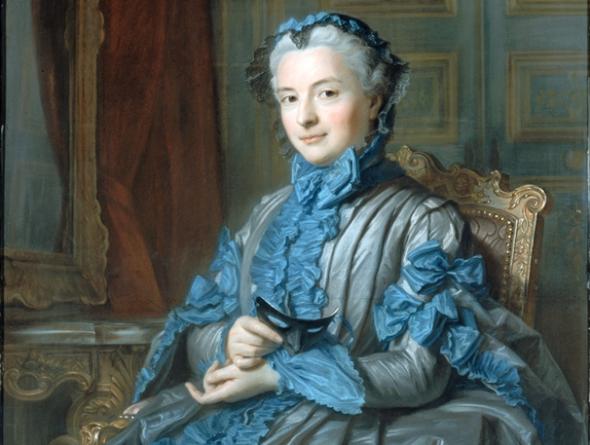
Portrait of Madame la Présidente de Rieux, 1742, Georges De La Tour, Musée Cognacq-Jay
Pastels, Between Line and Color, Musée Cognacq Jay
This exhibit explores pastels during the Age of Enlightenment, and features works by Maurice-Quentin de La Tour, the “prince of pastelists” as well as Jean-Baptiste Perronneau, François Boucher and Élisabeth Vigée Le Brun. On from 12 October 2023 to 11 February 2024, read more on this exhibit at this link.
Enjoy an in-depth experience of these exhibits by arranging a guided tour led by an art historian and expert of the 18th century. Contact us for further details and booking.

